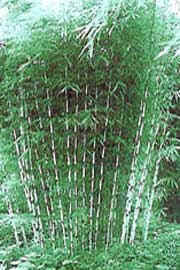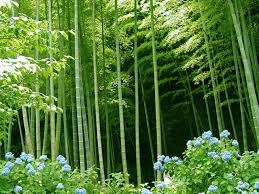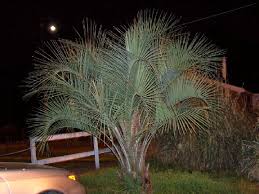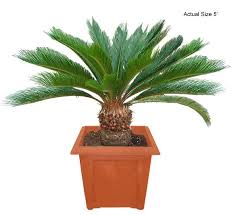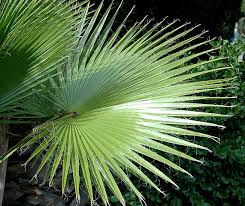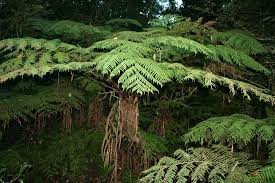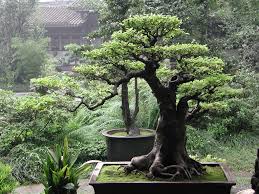There are many benefits for planting trees that grow fast. Some of the top reasons are to provide shade, color, vertical dimension, soundproofing, cooling, beauty, screening, windbreaks, boundary lines and wildlife habitats for birds, animals, and insects. Planting fast growing trees also will increase your property value.
trees that grow fast, fast growing trees, trees, landscape trees, tulip poplar. Thuja green giant,
Ten Top Trees That Grow Fast
Author: Julia Stewart
There are many benefits for planting trees that grow fast. Some of the top reasons are to provide shade, color, vertical dimension, soundproofing, cooling, beauty, screening, windbreaks, boundary lines and wildlife habitats for birds, animals, and insects. Planting fast growing trees also will increase your property value by at least 20%. Home buyers almost always choose a house with trees over those that don't, all things being equal. It's amazing that just by placing a tree in the correct area such as on the western or southwestern exposure of your house, you can significantly reduce your cooling cost in the summer by 10 -15% or more. Who wouldn't like that? Trees can also reduce carbon dioxide (CO2) emissions which is helpful in urban areas and they provide protection from ultra violet rays on playgrounds, schoolyards, and picnic areas. Let's face it, we all prefer having trees around if at all possible.
Many home owners want to know what type of fast growing tree they should plant. The answer depends on factors such as: your purpose for planting the tree, soil conditions, tree location (plant the right tree in the right place), species growth and form (give trees plenty of room to grow), and know any undesirable species traits like tree roots that may grow on top of the ground.
The following trees are especially good for the Mid South and are some of our favorites. Landscaping in the area for over 27 years has given us a great insight into which trees are best for this area. Your local extension agency will have a list for your area. Before you plant any of the following trees, be sure you know how big and wide they will grow so that you can put them in the right place in your yard.
Autumn Blaze Maple is one of our favorites and the fastest growing maple. It's resistant to insects and disease, has award winning foliage, and great fall color.
Thuja Green Giant grows 3-5 feet each year, grows tall but takes up little room, and is disease resistant.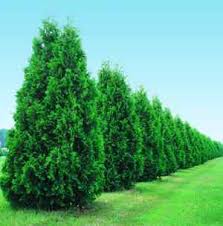
Royal Empress Tree grows up to 12 feet a year, has dense foliage, fragrant blooms, and is easy to grow.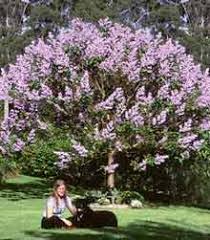
Arapaho Crape Myrtle has bright red color, blooms spring to fall, very disease resistant, and grows well in tight spots.
Nelle Stevens Holly will give you year round privacy, is fast growing, grows almost anywhere, and is easy to maintain.
Tulip Poplar has gorgeous yellow fall foliage, grows up to 6 feet. a year, full yellow blooms in the spring, hard to beat for shade.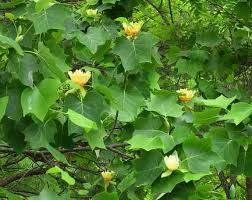

Lombardy Poplar grows up to 6 feet a year, easy to grow, great for windbreaks, fast growing for privacy.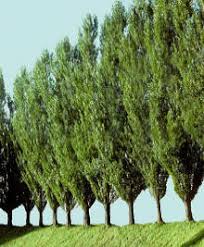
Cryptomeria has soft feathery foliage which is great in arrangements, grows in any soil, easy to grow, and has a unique shape.
Kwanzan Cherry has vibrant pink blooms in spring and grows almost anywhere.
Autumn Cherry blooms in the spring and fall, has elegant white flowers, hugh double blooms, and is very adaptable.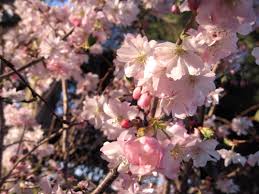
These trees will grow fast if not planted too close to the house. Be sure you know how tall and full they will get before you place them. You may want to talk to a local nurseryman about your selection and you may want to ask him if there are any problems with these trees in your area. Water and fertilize them for the first 5 years until they are well established and you will be rewarded with a great fast growing trees. If you need more information on types of trees for different sites please visit http://www.flowers-plants-gardening-advice.com/types-of-trees.html
Article Source: http://www.articlesbase.com/gardening-articles/ten-top-trees-that-grow-fast-643764.html
About the Author:
Julia and her husband enjoy sharing their passion by teaching others about gardening through their popular web site http://www.flowers-plants-gardening-advice.com/ You can make money with your passion too. Please visit http://passion.sitesell.com/Julia21.html for more information.


